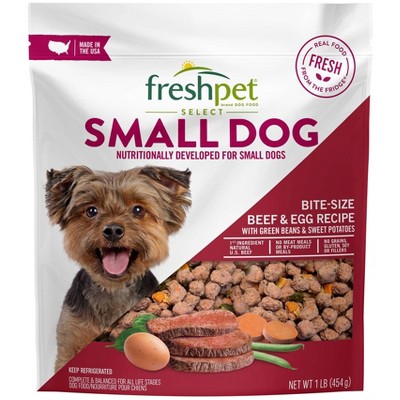A2102 Insights
Explore the latest trends and news on technology, lifestyle, and more.
Food for Thought: What’s Really in Your Pet’s Bowl?
Uncover the shocking truth about what's really in your pet's bowl! Is their food nourishing or just empty calories? Find out now!
Unpacking Pet Food Labels: What Do They Really Mean?
Understanding pet food labels is crucial for making informed decisions about your pet's diet. These labels are not just there for decoration; they provide essential information about what is in the food you are buying. Terms like 'complete and balanced,' which indicates that the food meets the nutrient profiles established by the Association of American Feed Control Officials (AAFCO), are essential to understand. Additionally, the ingredient list is one of the first places you should look, as it provides insight into the quality and type of proteins, carbohydrates, and fats included in the food. A noteworthy tip is that ingredients are listed in descending order by weight, so the first few ingredients typically hold more significance in determining the overall quality of the diet.
Another important aspect of pet food labels is the guaranteed analysis, which includes details about the minimum percentages of crude protein and crude fat, along with maximum percentages of moisture and fiber. This section of the label helps you assess if the food is appropriate for your pet’s specific needs. Don’t overlook the feeding guidelines provided on the packaging, as they offer recommended portion sizes based on your pet's weight and activity level. However, it's vital to consult your veterinarian for personalized advice. For more detailed insights into ingredient sourcing and manufacturing processes, consider checking resources like the Consumer Reports.

Top Ingredients to Look for in Your Pet's Diet
When selecting the best diet for your pet, it's essential to focus on high-quality ingredients that provide the necessary nutrients for overall health. Look for sources of animal protein, such as chicken, beef, or fish, as the first ingredient. Proteins are crucial for muscle development and maintenance. Additionally, include
- whole grains like brown rice or oats,
- which offer energy and dietary fiber, and
- fruits and vegetables,
- which provide essential vitamins and antioxidants.
Another important factor to consider is the presence of healthy fats in your pet's food. Ingredients such as fish oil and chicken fat are excellent sources of omega-3 and omega-6 fatty acids, which contribute to better skin health and a shiny coat. Additionally, look for probiotics included in the ingredients, as they support a healthy gut microbiome, enhancing digestion and nutrient absorption. When evaluating your pet's food, always read the ingredient label carefully to ensure you're providing a balanced diet that promotes optimal well-being.
Are You Feeding Your Pet the Right Food? Common Myths Debunked
When it comes to choosing the right food for your pet, many pet owners often fall victim to common myths. One prevalent myth is that all pet food brands are created equal, leading owners to select the cheapest option without considering nutritional value. Feeding your pet the right food is crucial for their overall health, and understanding the ingredients is essential. For instance, some might believe that grain-free diets are automatically healthier, but recent research suggests that certain grains can provide vital nutrients for pets. To learn more about the importance of balanced nutrition, visit [American Kennel Club](https://www.akc.org/expert-advice/nutrition/pet-food-myths/).
Another myth is that pets can thrive solely on human food, with many owners mistakenly believing that leftovers are sufficient. While some human foods are safe for pets, others can be toxic, and they often lack the essential nutrients pets need. A well-rounded pet diet should be rich in proteins, vitamins, and minerals that are specific to their species. For instance, dogs are omnivores but still require distinct nutrients that only pet food can provide. If you're unsure about the best diet for your furry friend, consider consulting a veterinarian. Discover more about pet nutrition on [Veterinary Nutritionists](https://www.vetnutrition.tufts.edu/).